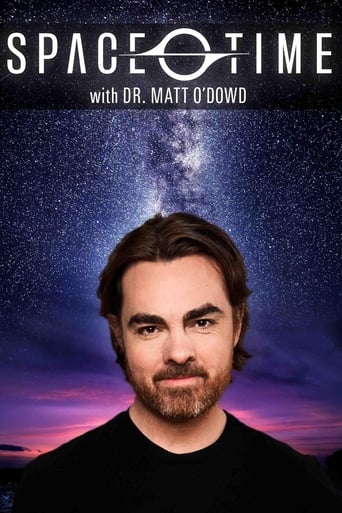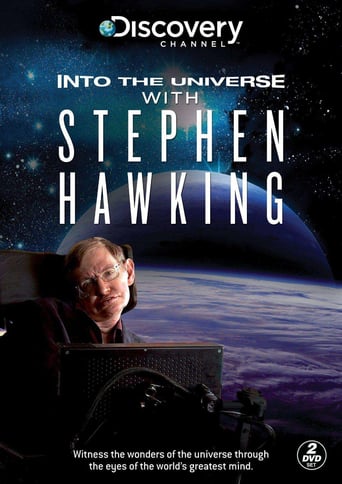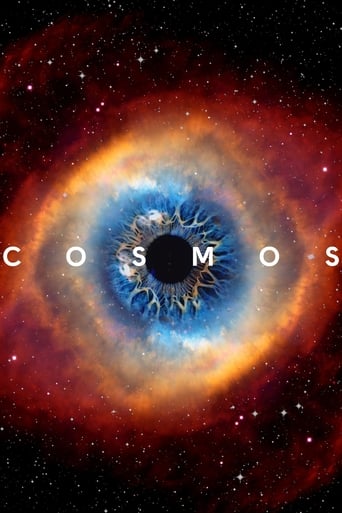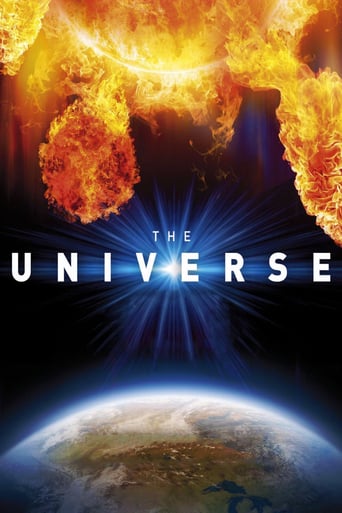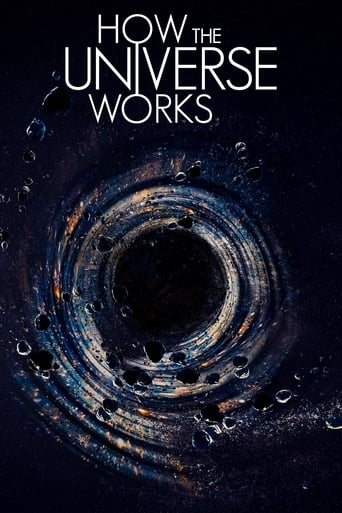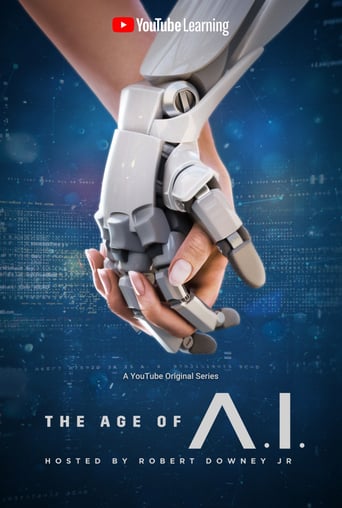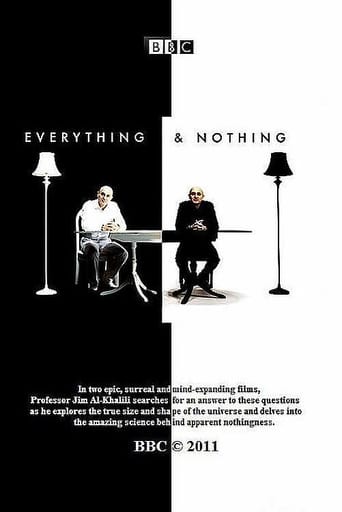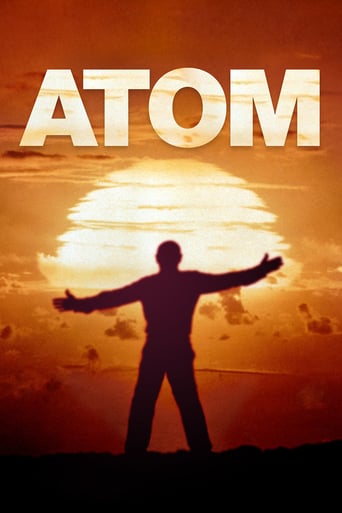PBS Space Time Season 2018
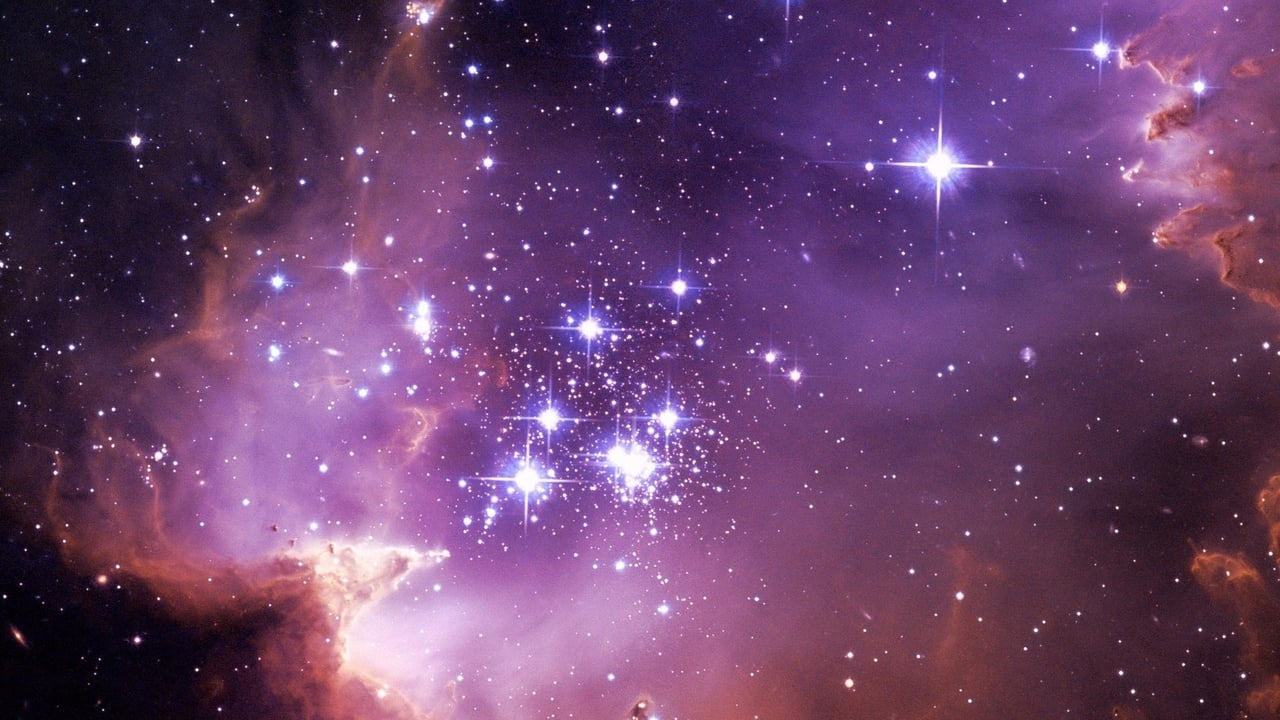
Space Time explores the outer reaches of space, the craziness of astrophysics, the possibilities of sci-fi, and anything else you can think of beyond Planet Earth with our astrophysicist host: Matthew O’Dowd.
Watch NowWith 30 Day Free Trial!
PBS Space Time
2015
Space Time explores the outer reaches of space, the craziness of astrophysics, the possibilities of sci-fi, and anything else you can think of beyond Planet Earth with our astrophysicist host: Matthew O’Dowd.
Watch Trailer
With 30 Day Free Trial!
PBS Space Time Season 2018 Full Episode Guide
There’s this idea that beauty is a powerful guide to truth in the mathematics of physical theory. String theory is certainly beautiful in the eyes of many physicists. Beautiful enough to pursue even if it’s wrong?
When you look in mirror, and see what you think is a perfect reflection. You might be looking at universe whose laws are fundamentally different.
How did life on Earth get started? Did life on Earth originate on another planet? Either Mars, or in a distant solar system? Could Earth life have spread to have seeded life elsewhere? Let’s see what modern science has to say about the plausibility of panspermia.
To repeat the space time maxim: it’s never aliens … until it is. So let’s talk about ‘oumuamua.
With the large hadron collider running out of places to look for clues to a deeper theory of physics, we need a bigger particle accelerator. We have one - the galaxy.
Some see string theory as the one great hope for a theory of everything – that it will unite quantum mechanics and gravity and so unify all of physics into one glorious theory.
Let me tell you a story about virtual particles. It may or may not be true.
The silence of the galaxy and the resulting Fermi Paradox has perplexed us for nearly 50 years. But our most recent surveys of the Milky Way finally allow us to draw scientific conclusions about the depressingly persistent absence of aliens.
Why strings? What are they made of? How did physicists even come up with this bizarre idea? And what’s all this nonsense of extra dimensions?
Physics seems to be telling us that it’s possible to simulate the entire universe on a computer smaller than the universe.
Physics seems to be telling us that it’s possible to simulate the entire universe on a computer smaller than the universe.
Between them, general relativity and quantum mechanics seem to describe all of observable reality.
There’s quite a bit of stuff in the universe, to put it mildly.
Black Holes should have no entropy, but they in fact hold most of the entropy in the universe. Let’s figure this out.
There is no greater hero in our search for life on mars than a little robot named Opportunity.
We live in an unusual age – the age when the stars still shine. We should count ourselves lucky – nearly all of future history will be dark. But events will still unfold in that long, cooling darkness, and civilizations may endure. So how will the universe and its far-future denizens spend eternity?
Let’s talk about the best evidence we have that the theories of quantum physics truly represent the underlying workings of reality.
Can a demon defeat the 2nd Law of Thermodynamics?
Entropy and the second law of thermodynamics has been credited with defining the arrow of time.
In simple terms a gauge theory is one that has mathematical parameters, or “degrees of freedom” that can be changed without affecting the predictions of the theory.
Since the discovery of the Higgs boson, physicists have searched and searched for any hint of new particles. That search has been fruitless. Until, perhaps, now. Today on Space Time Journal Club we’ll look at a paper that reports a compelling hint of a new particle outside the standard model: the sterile neutrino.
The days of oil may be numbered, but there’s another natural resource that’s never been touched, Asteroids.
We’ve established by now that black holes are weird. The result of absolute gravitational collapse of a massive body: a point of hypothetical infinite density surrounded by an event horizon. At that horizon time is frozen and the fabric of space itself cascades inwards at the speed of light. Nothing can travel faster than light, and so nothing can escape from below the event horizon- not matter, not light, not even information.
We’ve established by now that black holes are weird. The result of absolute gravitational collapse of a massive body: a point of hypothetical infinite density surrounded by an event horizon. At that horizon time is frozen and the fabric of space itself cascades inwards at the speed of light. Nothing can travel faster than light, and so nothing can escape from below the event horizon- not matter, not light, not even information.
If you have perfect knowledge of every single particle in the universe, can you use the laws of physics to rewind all the way back to the Big Bang? Is the entire history of the universe perfectly knowable? Or has information somehow lost along the way?
Conservation laws are among the most important tools in physics. They feel as fundamental as you can get. And yet they’re wrong - or at least they’re only right sometimes. These laws are consequences of a much deeper, more fundamental principle: Noether’s theorem.
The great advances in any science tend to come in sudden leaps. April 25th of 2018 marks the beginning of just such a leap for much of astronomy. In the early hours of the morning, the Gaia mission’s second data release dropped. Our understanding of our own galaxy will never be the same again.
If we, or any conscious being is around to witness the very distant future our galaxy, what will they see? How long will life persist as the stars begin to die?
It’s been conjectured that the center of the Milky Way is swarming with tens of thousands of black holes. And now we’ve actually seen them.
Now that gravitational waves are definitely a thing, it’s time to think about some of the crazy things we can figure out with them. In some cases we’re going to need a gravitational wave observatory - in fact, we've already built one.
Our universe is prone to increasing disorder and chaos. So how did it generate the extreme complexity we see in life? Actually, the laws of physics themselves may demand it.
Worried about black holes? Consider this: Every time you accelerate - you generate an event horizon behind you. The more you accelerate away from it the closer it gets. Don’t worry, it can never catch up to you, but the Unruh radiation it generates sure can.
The Andromeda galaxy is heading straight toward our own Milky Way. The two galaxies will inevitably collide. Will that be the very last night sky our solar system witnesses?
What do the first stars in the universe, dark matter, and superior siege engines have in common?
It’s the most famous prediction of perhaps the most famous genius of our time ... Stephen Hawking's theory of Hawking Radiation
Will the future of space exploration be guided by public or private entities? Which is better?
Do you have what it takes to calculate the awesome power of the trebuchet?
What exactly will happen when the sun dies?
Energy is the most powerful and useful concept in all of physics, but what exactly is it?
What happens when a star eats its planets? Find out on today’s Space Time Journal Club.
The Sun is slowly burning through its fuel. Hydrogen is fused into helium in the Sun’s core, producing energy that keeps it shining, and keeping the Earth warm and hospitable to life. But that fuel WILL run out, after which the Sun will swell into a red giant and flash-fry the Earth. But in fact that frying – well, slow-roasting – will begin much earlier. See, the Sun is getting brighter even now. This has complex, and for the most part terrible implications for life. The end of the world will come sooner than you think.
Learn about Horizon radiation and why it's essential for us to understand as we continue our journey towards the Unruh Effect and Hawking Radiation.
We can now map the interiors of stars by “listening” to their harmonies as they vibrate with seismic waves.
Free Trial Channels
Seasons


